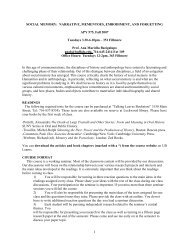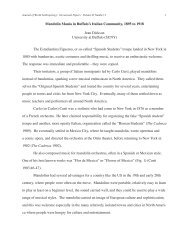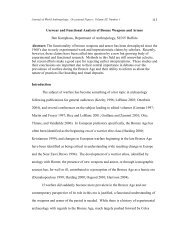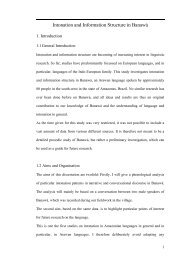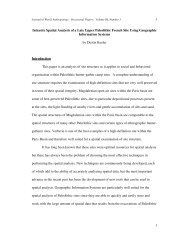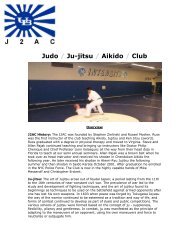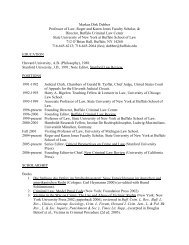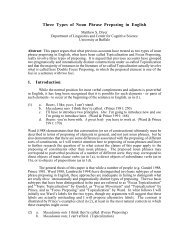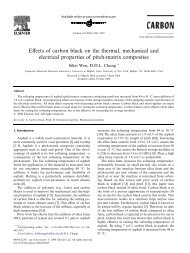Electrophysiological Evidence for Sentence Comprehension - Wings
Electrophysiological Evidence for Sentence Comprehension - Wings
Electrophysiological Evidence for Sentence Comprehension - Wings
Create successful ePaper yourself
Turn your PDF publications into a flip-book with our unique Google optimized e-Paper software.
Table 21. Individual results on language tests in SLI group; morphology & syntax<br />
Morphology & Symtax:<br />
Noun morphology: Prepositions (comprehension & production)<br />
B1 B2 B3 G1 B1 B2 B3 G1<br />
poor moderate poor moderate poor poor poor Good<br />
Verb morphology: prefixation Possessive relations<br />
B1 B2 B3 G1 B1 B2 B3 G1<br />
moderate poor poor poor poor moderate moderate moderate<br />
<strong>Sentence</strong> repetition<br />
B1 B2 B3 G1<br />
poor poor poor poor<br />
Table 22. Individual results on language tests in SLI group; lexicon & semantics<br />
Lexicon & Semantics:<br />
Lexical production: Antonyms:<br />
B1 B2 B3 G1 B1 B2 B3 G1<br />
good good moderate good poor moderate poor Moderate<br />
Peabody Picture Vocabulary Test: Homonyms:<br />
B1 B2 B3 G1 B1 B2 B3 G1<br />
*75% *73% 72% *77% poor moderate poor Poor<br />
Synonyms:<br />
B1 B2 B3 G1<br />
poor poor poor poor<br />
*Percentage of the correct answers in relation to the maximal values <strong>for</strong> the appropriate age.<br />
The results show overall low results. Phonological skills showed to be better in respect to<br />
other language components most probably due to long exposure of all children to therapy<br />
in which phonology was particularly exercised. However, repetition of words showed to<br />
be too difficult phonological test, be it the repetition of phonologically or semantically<br />
129





